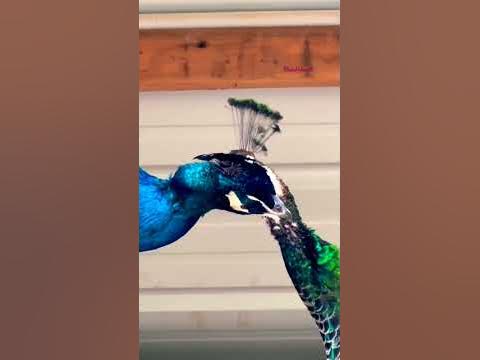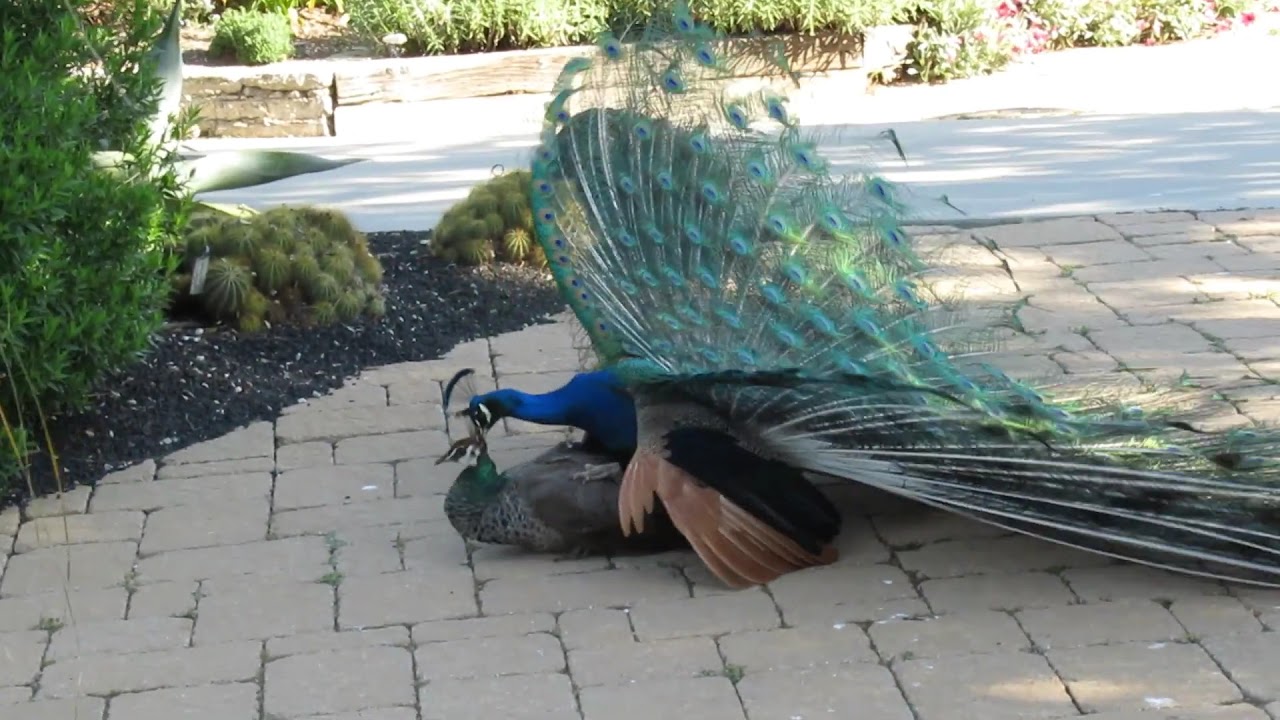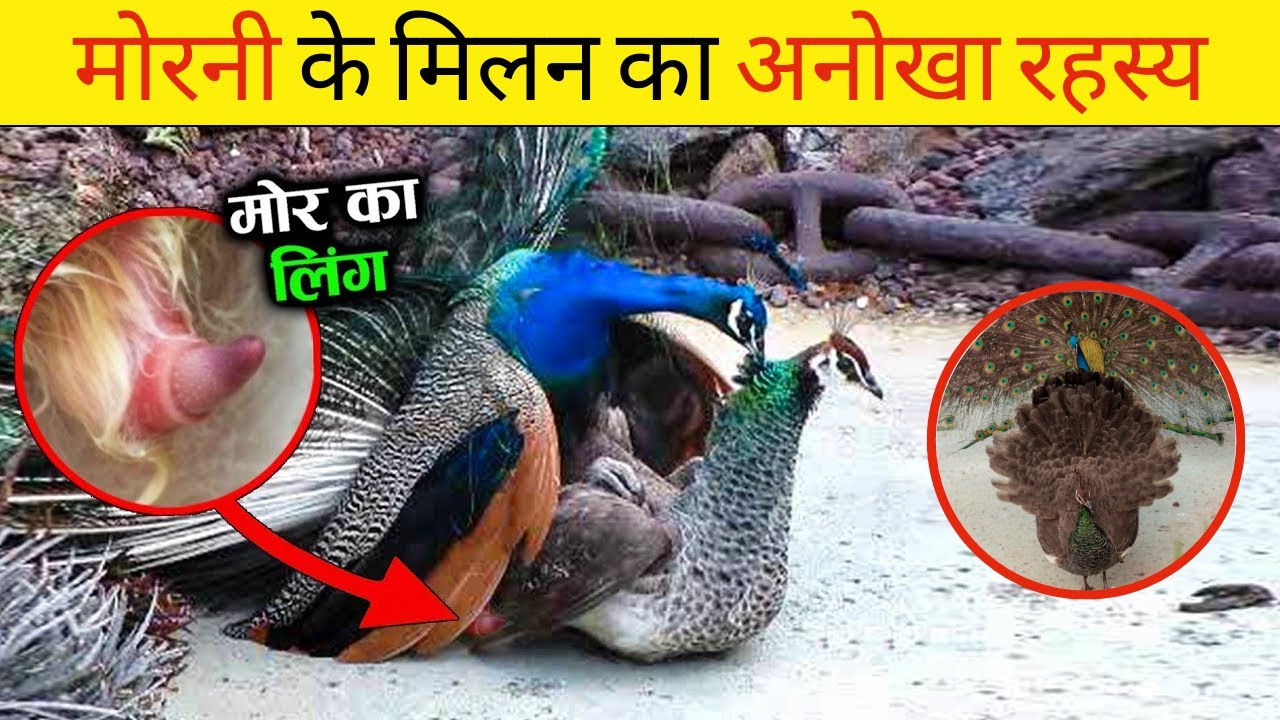Peacocks, with their stunning plumage and vibrant colors, have always fascinated those who encounter them. Their reproductive process is equally captivating, offering a glimpse into the complex world of avian mating rituals. In this section, we’ll explore how these magnificent birds engage in courtship and reproduction, ultimately leading to the continuation of their species.
The Role of the Peacock and Peahen

When it comes to peacock reproduction, both the male (peacock) and female (peahen) play critical roles, each contributing to the dance of courtship and mating. Let's break down their functions:
- Peacock's Role: The male peacock is known for its extravagant tail, which it fans out during mating displays. This stunning display serves a dual purpose: attracting potential mates and deterring rivals. During courtship, a peacock will strut around, shaking its tail feathers and producing a variety of calls. The more vibrant and larger the tail, the more appealing he is to the peahen.
- Peahen's Choice: The peahen is the ultimate decision-maker in the mating process. She carefully observes the peacocks, assessing their displays and selecting the one that showcases the most impressive traits. This choice is crucial, as it directly impacts the genetic quality of her offspring.
- Mating Process: Once a peahen has chosen her mate, the actual mating can occur. This process can be quite quick, lasting only a few moments. After mating, the peahen will lay eggs in a nest she creates, often in a concealed area to protect them from predators.
- Egg Laying: The peahen typically lays between 3 to 5 eggs, which she incubates for about 28 days. During this time, the peacock may stay close by, guarding the nest and ensuring the safety of the peahen and her eggs.
In summary, the interplay between peacock and peahen during reproduction highlights the beauty of nature's design, where both partners contribute to the survival and success of future generations.
Also Read This: Make Your Nose Appear Slimmer with Makeup Tutorials on Dailymotion
Understanding the Mating Rituals

When it comes to peacock birds, their mating rituals are nothing short of a spectacle! Male peafowls, commonly known as peacocks, employ a fascinating array of displays to attract females, known as peahens. These courtship displays are a mix of vibrant visuals and impressive behaviors.
One of the most iconic aspects of their ritual is the peacock's tail, or train, which can stretch up to six feet! During the mating season, male peacocks fan out their tail feathers in a stunning display of color and patterns, showcasing eye-catching "eyes" that dazzle potential mates. But it's not just about the feathers; their performance includes:
- Vocalizations: Peacocks emit a series of calls and sounds to attract attention. These calls can vary from soft coos to loud screams, depending on the level of excitement.
- Movement: Alongside their beautiful feathers, peacocks engage in intricate dance-like movements, swaying their bodies and strutting around to highlight their plumage.
- Chasing: Males often engage in playful chases, demonstrating their agility and fitness, which is crucial for impressing the females.
Peahens observe these displays closely, often preferring males with the most extravagant tails and dynamic performances. It’s a classic case of “the fittest wins,” where beauty and charisma play critical roles in the peacock's mating game!
Also Read This: How to Make a Rainbow Cake Nerdy Nummies: Fun Dailymotion Recipe Tutorial
Egg Fertilization Process

Once a peahen is impressed by a male's display, the next step is mating, which leads to the fascinating process of egg fertilization. After mating, the female can lay eggs that are fertilized by the male peacock’s sperm. Here’s how it unfolds:
After a successful courtship, copulation occurs. This process is relatively brief, lasting just a few seconds. After the male transfers sperm to the female, the fertilization of the eggs takes place internally. Female peafowls typically lay about 3 to 5 eggs per clutch, which they will incubate in a nest on the ground.
The fertilization process can be broken down into these stages:
| Stage | Description |
|---|---|
| 1. Copulation | The male mounts the female and transfers sperm. |
| 2. Egg Development | The fertilized eggs start developing in the female’s reproductive system. |
| 3. Laying Eggs | The female lays eggs, typically 3-5 at a time, which are creamy-white in color. |
| 4. Incubation | Peahens incubate the eggs for about 28 days before hatching. |
After around 28 days of careful incubation, the eggs hatch, leading to the arrival of adorable, downy chicks. It’s a remarkable journey from courtship to the miracle of new life!
Also Read This: Can You Access Dailymotion in China
5. Incubation and Rearing of Chicks
After a peahen lays her eggs, the incubation period begins, typically lasting around 28 days. During this time, she will sit on her eggs to keep them warm and protected. Interestingly, peahens are quite dedicated mothers, often choosing secluded areas to create a safe nest for their future chicks.
Here’s how the incubation process works:
- Nesting Location: Peahens prefer to nest in tall grasses or shrubs, providing cover from predators.
- Number of Eggs: A typical clutch can range from 3 to 8 eggs, which are often laid over a period of several days.
- Temperature Regulation: The mother peahen is responsible for ensuring the eggs remain at the right temperature. She may leave the nest to feed but returns promptly to continue incubating.
Once the eggs hatch, the chicks, known as keets, are precocial, meaning they are relatively mature and mobile. They can walk and feed themselves shortly after hatching. This is crucial, as they must be quick to evade predators in their natural habitat. Here’s what you can expect during the rearing phase:
| Aspect | Description |
|---|---|
| Diet: | Keets primarily feed on insects, seeds, and plants. |
| Social Behavior: | They often stay close to their mother, learning essential survival skills. |
| Development: | Within a few weeks, they begin to develop their distinctive feathers. |
6. Conclusion and Further Resources
Understanding how peacock birds get pregnant, as well as the incubation and rearing of their chicks, is a fascinating glimpse into the complexities of avian reproduction. Peafowl exhibit unique behaviors, from courtship displays to maternal instincts, showcasing the beauty of nature’s design.
If you’re eager to learn more about these stunning birds, here are some useful resources:
By diving deeper into these resources, you can gain a broader perspective on the behaviors, habitats, and conservation efforts surrounding these magnificent birds. Happy exploring!
 admin
admin








